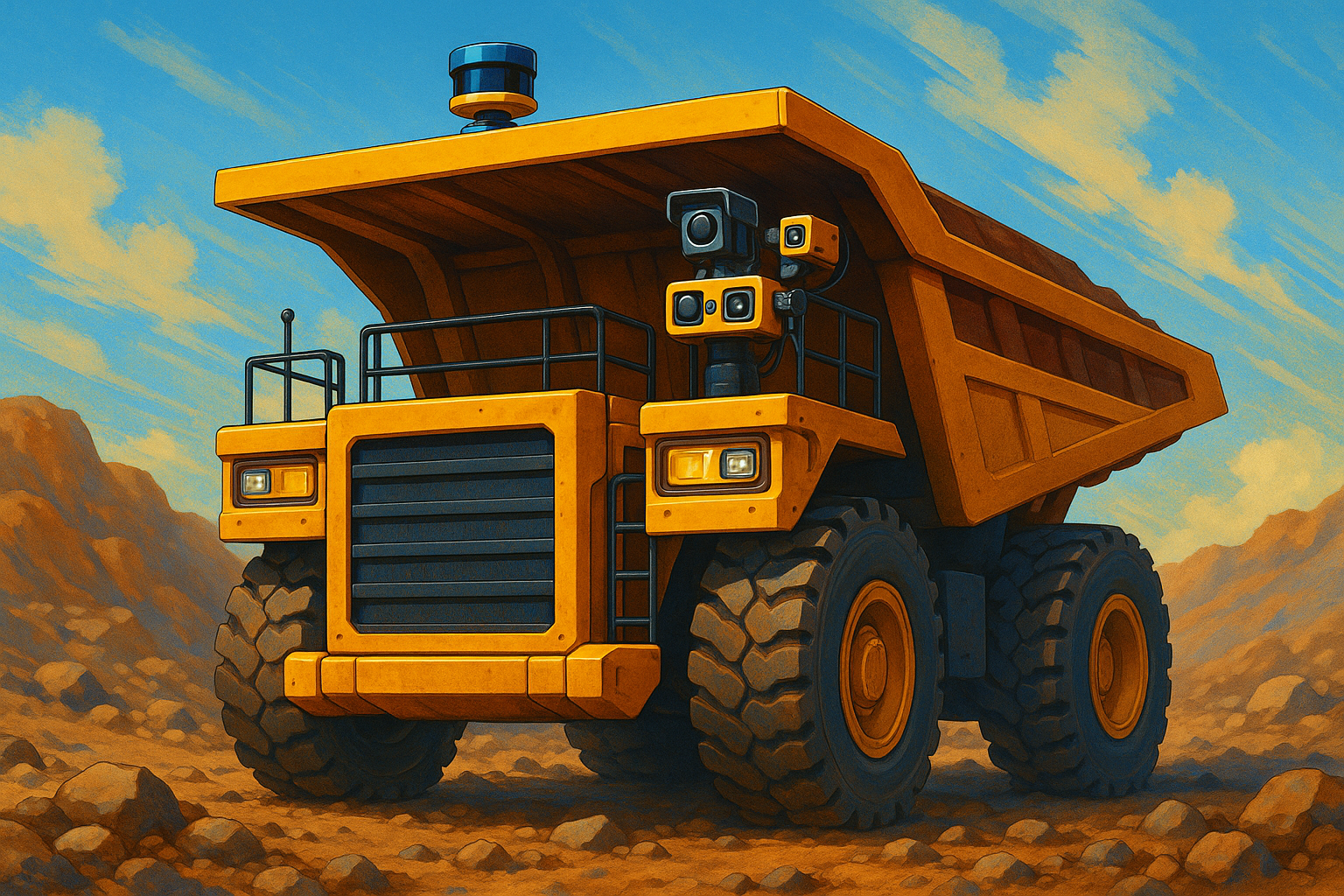I have been turning over in my mind for years an idea that I consider key for the future development of mining work and other human activities that involve risk, where replacing personal labor with a machine is not only economical but also necessary from the perspective of occupational safety and health. This idea is autonomous control.
The key to understanding this new control system, and what makes it different from automatic control, lies in the distinction between structured data and unstructured data.
Structured data are those with a predefined format; that is, simple or grouped values whose meaning is understood at any given moment. For example, they may be values of electrical voltage, pressure, temperature, or a grouping of these over time or space.
Unstructured data are characterized by lacking an a priori meaning beyond the given reading of a given sensor. Audio, photographs, video, and all their variants are unstructured data.
For processing unstructured data, neural networks are primarily used. These are algorithms from the field of machine learning, which is a discipline within artificial intelligence.
I understand autonomous control as that process of automation in industrial and mining tasks that uses the processing of unstructured data to automate productive activities, and which is carried out mainly by employing neural networks.
It stands in contrast to automatic control, which primarily uses structured data and is characterized by the use of control algorithms like PID.
The key difference between automatic control systems and autonomous control systems is that the latter normally require high-capacity, high-performance computing systems in order to process large volumes of information using machine learning models, which can become very large and therefore demand many resources.
As I see it, drawing a parallel with brain functions, automatic control is equivalent to the brainstem—which controls, for example, heartbeats—whereas autonomous control would be equivalent to the cerebral cortex, responsible for the senses of hearing and vision.
The distinguishing feature of these technologies is that they enable the robotization of mining machinery. Unlike automatic robotization, autonomous robotization is characterized by machines being programmed to be aware of what is happening in their surroundings, allowing them to escape from cages and work hand in hand with flesh-and-blood operators.
Thus, I have already spent several years working on these ideas and technologies to make autonomous control a technological reality that improves working conditions and the productivity of mining and industrial tasks. Therefore, I remain at your disposal for anything related to these new technological deployments.
